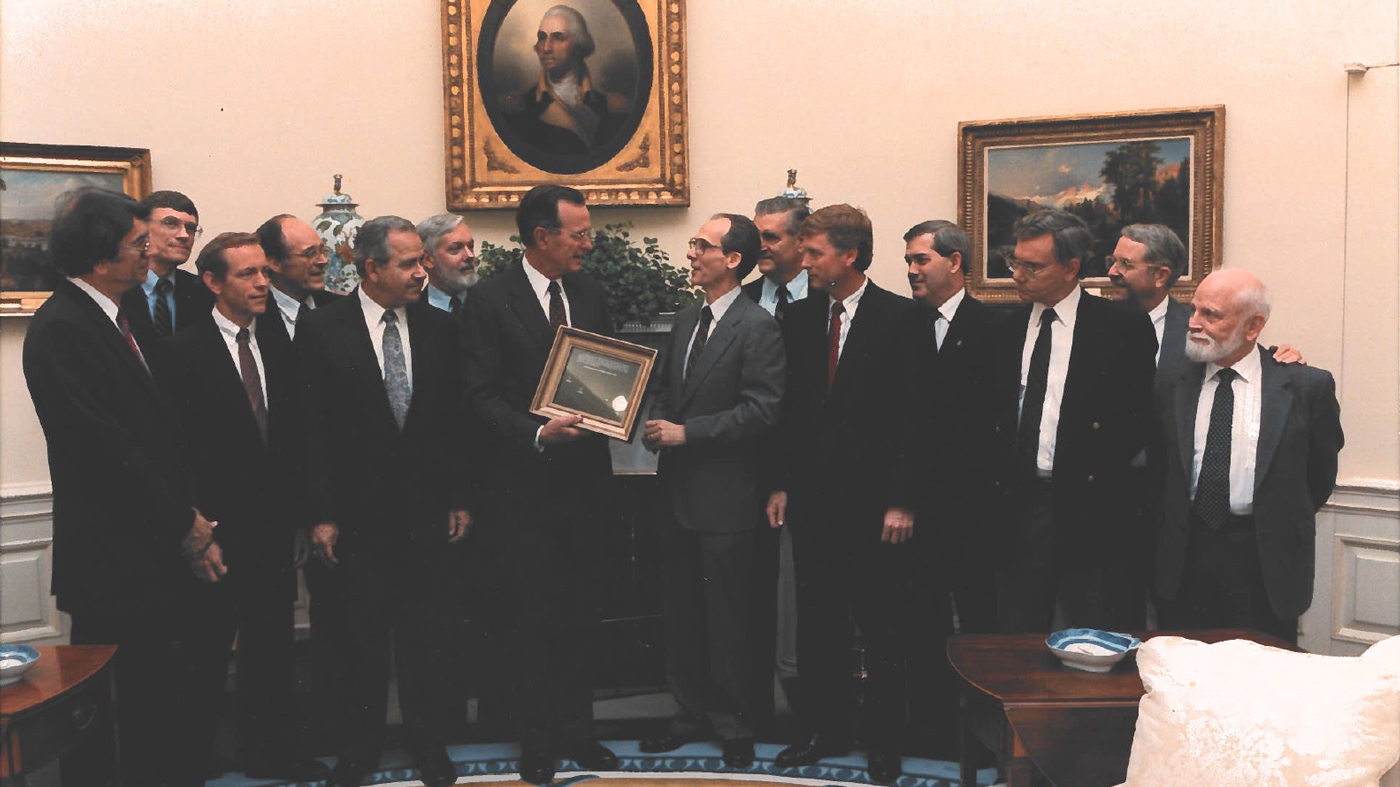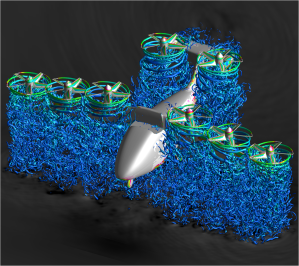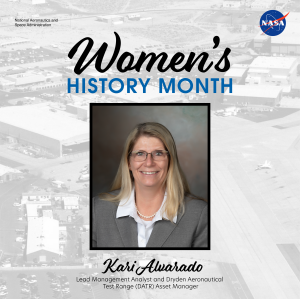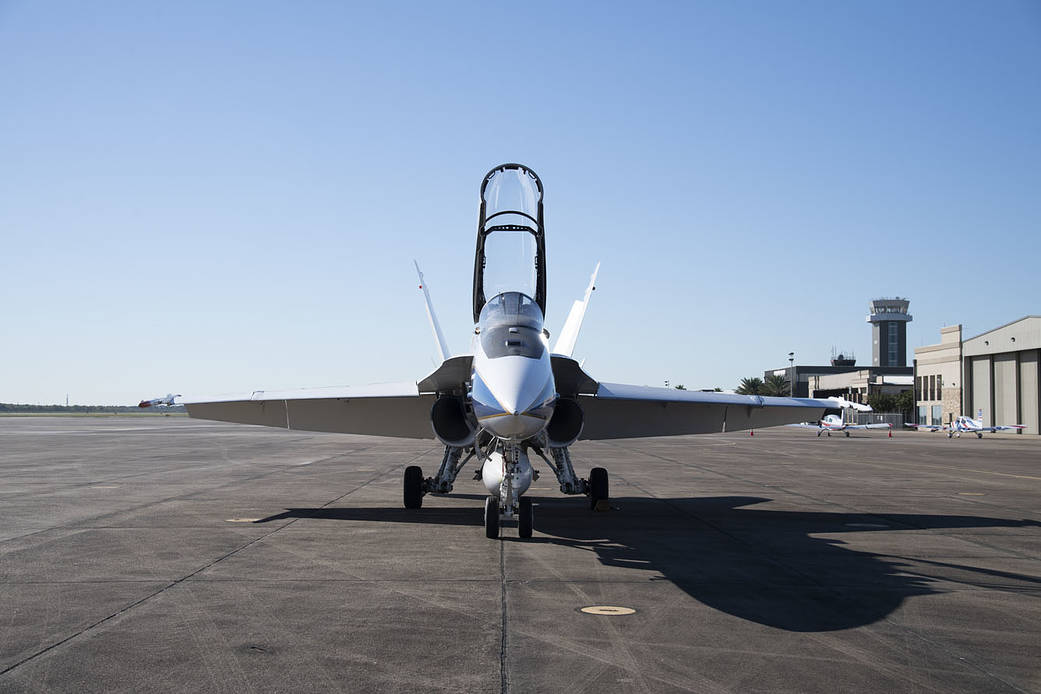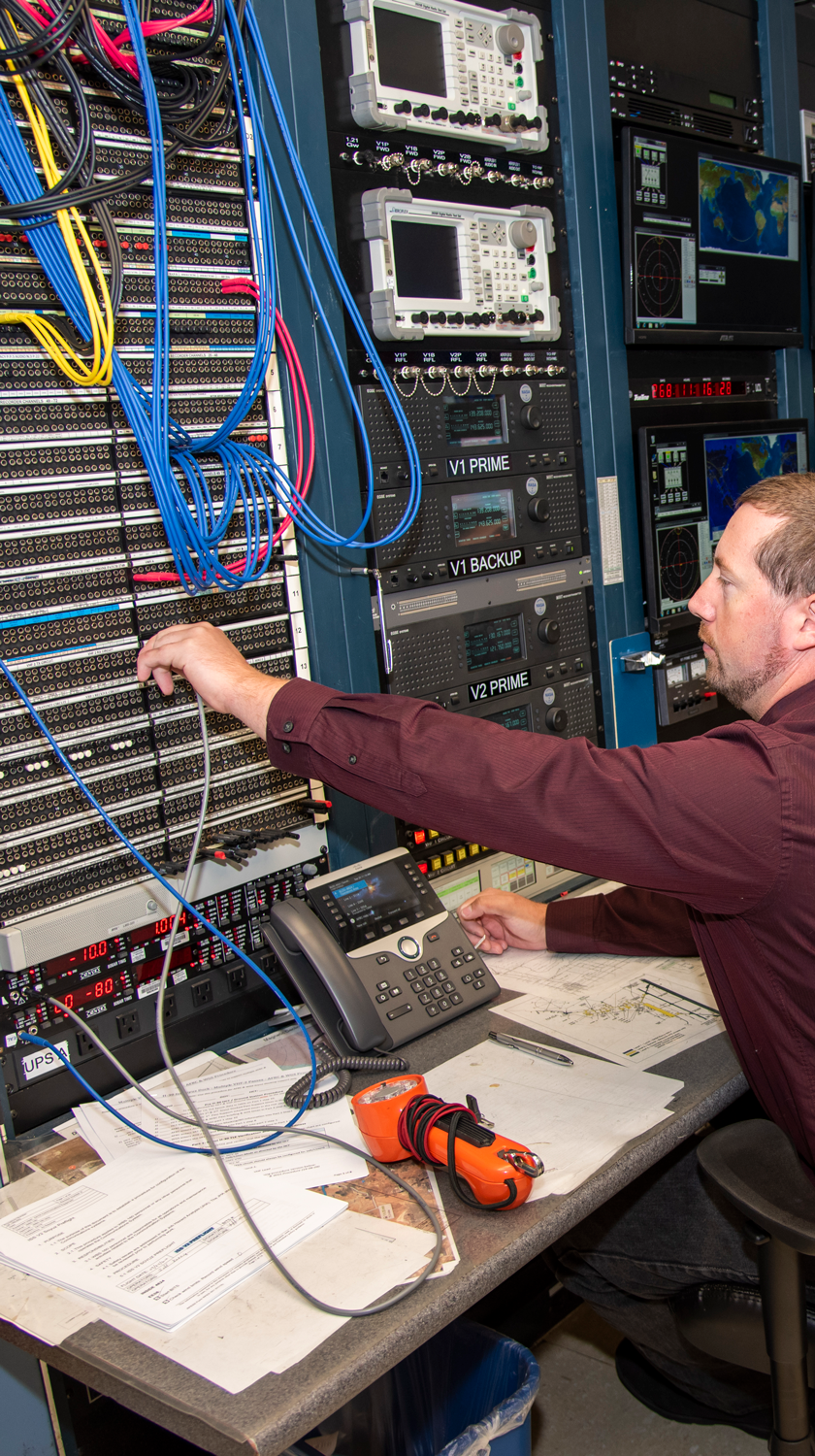It’s hard to find an address where the numbers are unreadable and faded in an emergency. That’s one of the benefits of an effort to replace aging signs at NASA’s Armstrong Flight Research Center in Edwards, California.
The last major sign replacement happened in 1986. Since then, sizzling summer sunshine and year around blowing winds have weathered and faded the gate, substation, and building signs, as well as the NASA logos on the facilities, said Dan Moreno, NASA Armstrong facilities project manager.
“Some signs were so bad that you couldn’t read them,” Moreno said.
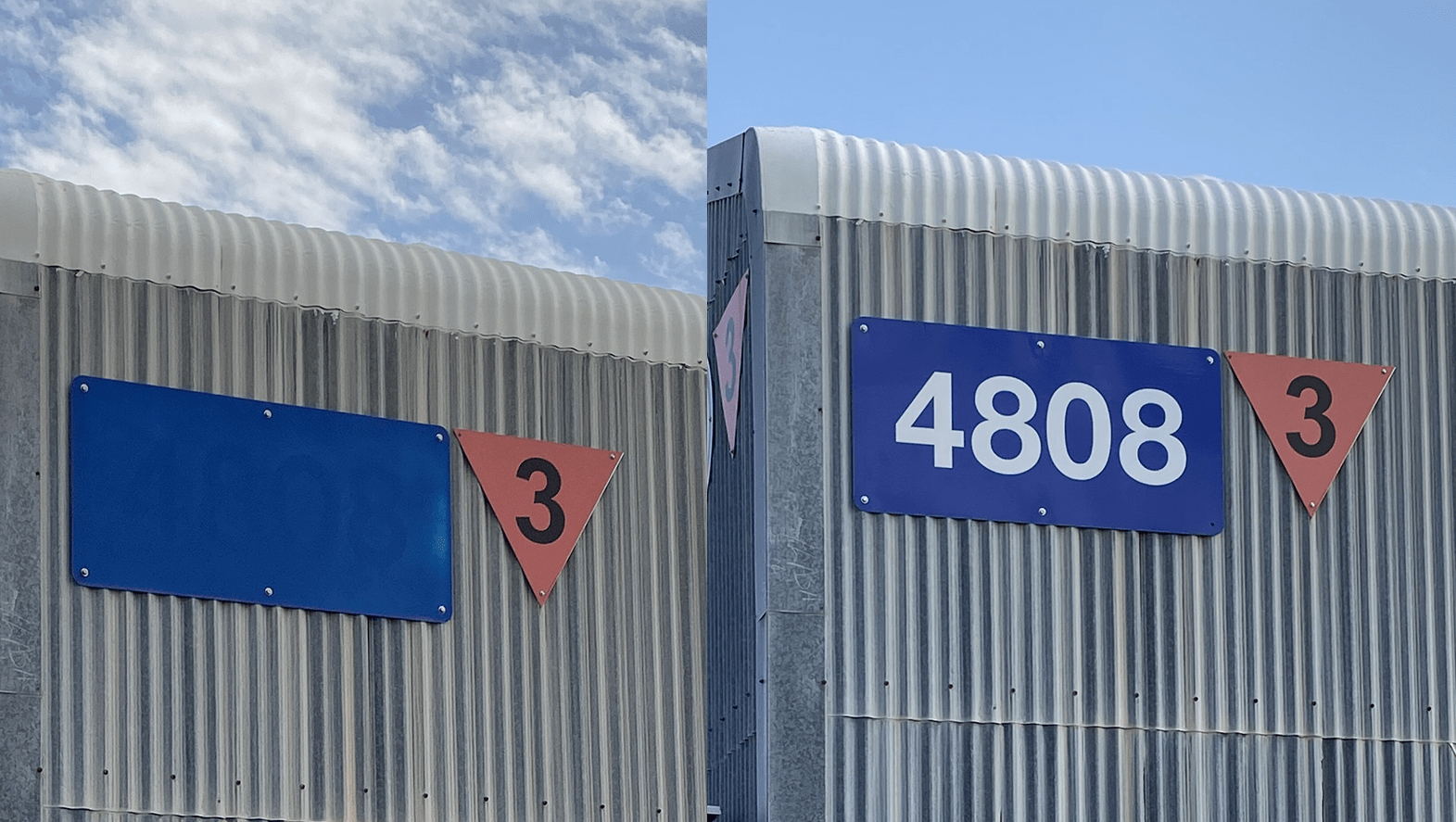
The project started in September to replace the nearly 300 signs, including some additional signs needed to better identify buildings. For example, Moreno said there were building numbers on one side, but now there are building numbers on all four sides to make it easier for emergency services to find them.
The largest signs, the NASA logos, required boom lifts for crews to reach and replace those. The 10-foot signs, on the main administrative offices in Building 4800, the aircraft Hangars in Buildings 4801 and 4802, and other major facilities had 10-foot signs developed as two pieces.
However, the NASA logo for the former space shuttle hangar, was developed from eight pieces of aluminum to form the 20-foot sign. Weighing in at about 250 pounds, the large NASA logo took a day and a half to hang. The first piece was the most complex to mount, Moreno said, because it had to be right for the other pieces to fit together correctly like a puzzle.
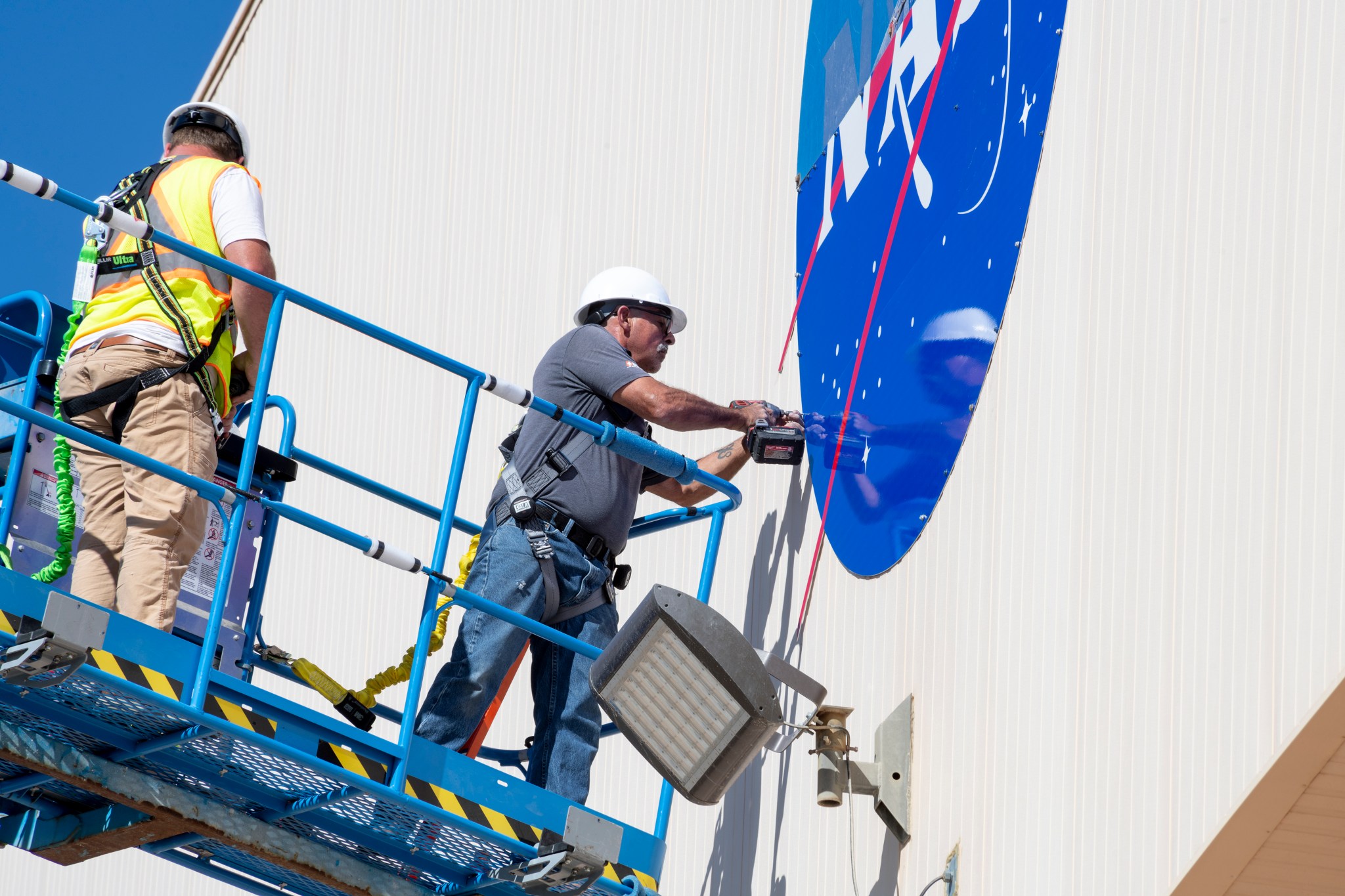
The signs are made from ultraviolet-resistant materials and are the same materials that Caltrans uses for its highway signs. It offers durability and technology that reflects light away from the source at night, making it easier to see and safer for people to drive by without being blinded. In fact, the NASA Armstrong Graphics Office provided the exact colors of the NASA logo to make the new signs were also consistent with NASA’s branding.
The project is about 90% complete. J.G. Contracting of Nipomo, California, is the general contractor and the Safeway Sign Company of Adelanto, California, is the subcontractor. Kolby Moore, Safeway Sign president, said Michael Moore, his father, completed the 1986 installation of the center signs.
“It is a historic project and I’m glad to be a part of it,” Moore said.





